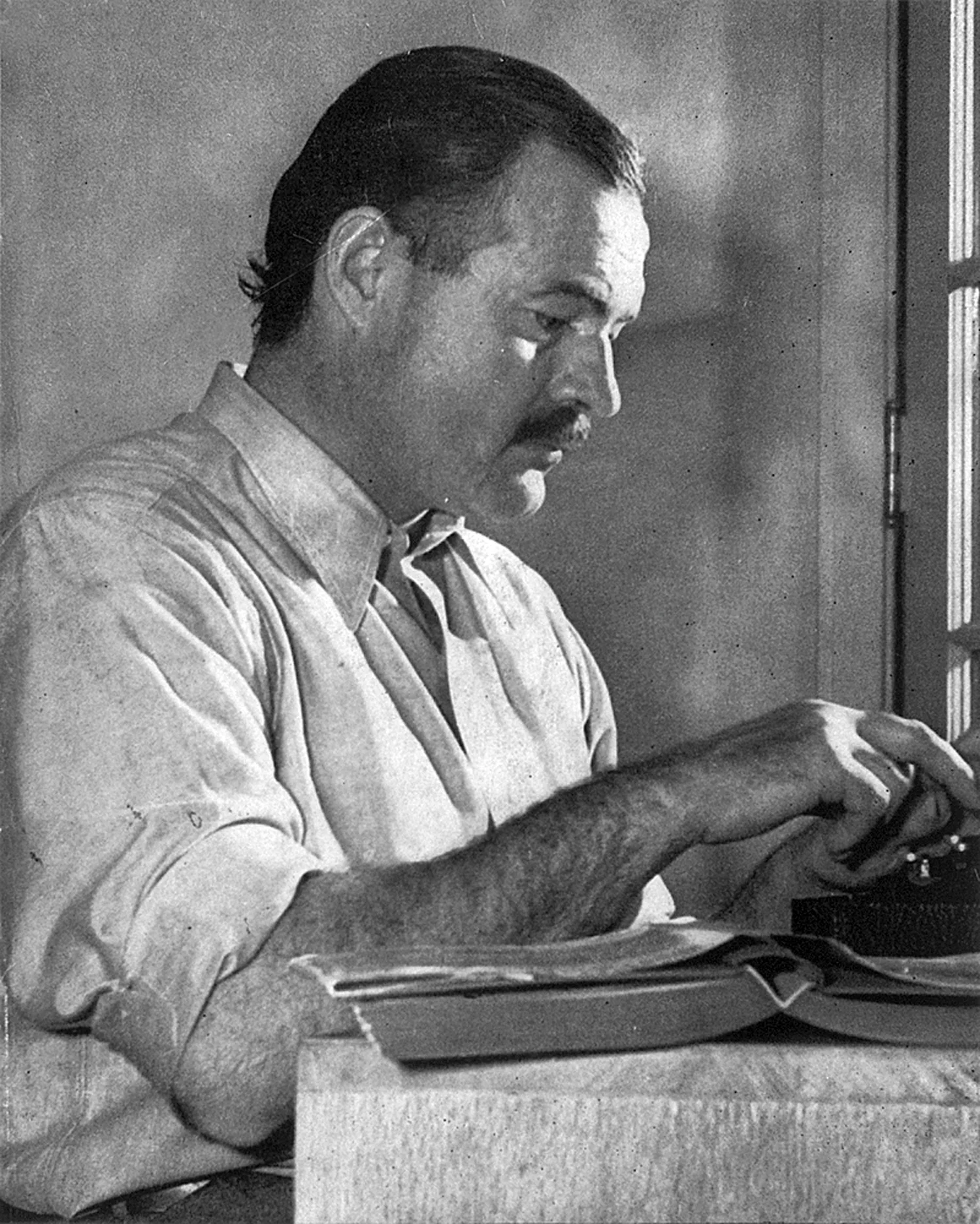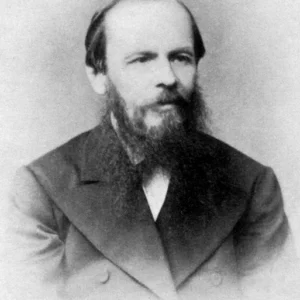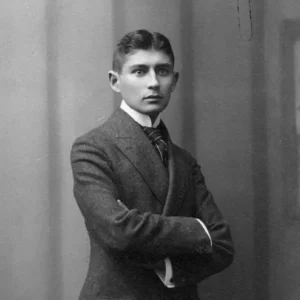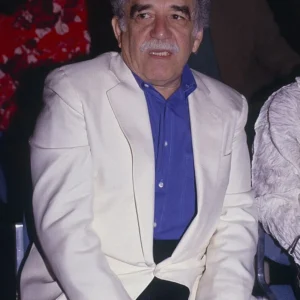Ernest Miller Hemingway, born on July 21, 1899, in Oak Park, Illinois, is one of the most influential writers of the 20th century. Known for his adventurous lifestyle and distinct writing style, Hemingway’s works have left an indelible mark on American literature. His novels and short stories, characterized by their spare prose and deep emotional undercurrents, continue to captivate readers worldwide.
Early Life and Education
Ernest Hemingway was the second of six children born to Dr. Clarence Edmonds Hemingway and Grace Hall Hemingway. His father was a physician and an avid outdoorsman, while his mother was a musician and artist. Growing up in a conservative and affluent community, Hemingway developed a love for nature and adventure, often accompanying his father on hunting and fishing trips.
Hemingway attended Oak Park and River Forest High School, where he excelled in English and contributed to the school’s literary magazine, “The Tabula.” After graduating in 1917, he chose not to attend college and instead began his writing career as a reporter for the Kansas City Star. The newspaper’s emphasis on concise and direct writing greatly influenced Hemingway’s future literary style.
The Great War and Early Writing Career
In 1918, Hemingway volunteered as an ambulance driver for the Red Cross during World War I. He was stationed on the Italian front, where he witnessed the horrors of war firsthand. Hemingway was severely wounded by mortar fire and spent months recovering in a Milan hospital. His experiences during the war profoundly impacted his worldview and later became a central theme in his writing.
Upon returning to the United States, Hemingway worked briefly as a journalist before moving to Chicago, where he met Hadley Richardson. The two married in 1921 and soon relocated to Paris, a city that was the epicenter of the expatriate literary community. In Paris, Hemingway became friends with other prominent writers, including F. Scott Fitzgerald, Gertrude Stein, and Ezra Pound.
The Paris Years and Literary Breakthrough
Hemingway’s time in Paris was incredibly productive. Under Stein’s mentorship, he refined his writing style, which came to be known as the “iceberg theory” or “theory of omission.” This style focused on a minimalist approach, where the underlying themes and emotions were implied rather than explicitly stated.
In 1925, Hemingway published his first collection of short stories, “In Our Time,” which received critical acclaim for its innovative style and exploration of themes such as war, love, and loss. This success was followed by the publication of his first novel, “The Sun Also Rises” (1926). The novel, which chronicles the disillusionment of the post-World War I generation, established Hemingway as a leading voice of the Lost Generation.
Adventures and Major Works
Key West and Spain
In the late 1920s, Hemingway and his second wife, Pauline Pfeiffer, moved to Key West, Florida. This period marked a time of prolific writing and adventure. Hemingway’s passion for deep-sea fishing and boxing found their way into his work. His novel “A Farewell to Arms” (1929), set against the backdrop of World War I, is a poignant exploration of love and loss. The book’s success solidified Hemingway’s reputation as one of America’s foremost writers.
Hemingway’s adventurous spirit took him to Spain during the Spanish Civil War, where he worked as a war correspondent. His experiences inspired the novel “For Whom the Bell Tolls” (1940), which tells the story of an American dynamiter fighting alongside Spanish guerrillas. The novel’s exploration of themes such as duty, honor, and sacrifice resonated deeply with readers and critics alike.
Africa and Cuba
Hemingway’s love for adventure led him to Africa on several hunting expeditions. These experiences inspired his non-fiction work “Green Hills of Africa” (1935) and the short stories “The Snows of Kilimanjaro” and “The Short Happy Life of Francis Macomber.” Hemingway’s vivid descriptions of the African landscape and wildlife captured the imagination of his readers.
In the late 1940s, Hemingway settled in Cuba, where he wrote one of his most celebrated works, “The Old Man and the Sea” (1952). The novella, which tells the story of an aging fisherman’s struggle to catch a giant marlin, won the Pulitzer Prize for Fiction and contributed to Hemingway being awarded the Nobel Prize in Literature in 1954. The story’s themes of perseverance, dignity, and the human spirit continue to resonate with readers.
Personal Struggles and Triumphs
Despite his literary success, Hemingway’s personal life was marked by turmoil and tragedy. He was married four times, and his relationships were often strained by his restless nature and bouts of depression. Hemingway struggled with alcohol addiction, which exacerbated his mental health issues.
In addition to his emotional struggles, Hemingway faced numerous physical ailments. He survived two plane crashes during a 1954 safari in Africa, which left him with severe injuries. Despite these challenges, Hemingway continued to write and travel, driven by an insatiable desire for new experiences.
Impact on Literature and Culture
Ernest Hemingway’s impact on literature and culture is profound. His innovative writing style, characterized by its economy of language and depth of emotion, has influenced countless writers. Hemingway’s portrayal of stoic, resilient characters facing existential challenges has become a defining feature of his work.
Hemingway’s exploration of themes such as war, love, and human endurance has resonated with readers across generations. His ability to capture the complexities of the human experience in simple, yet powerful prose has cemented his place as a literary legend.
Legacy and Influence
Hemingway’s legacy extends far beyond his own time. His works have been translated into numerous languages and adapted into films, plays, and television series. Hemingway’s characters, such as Jake Barnes, Frederic Henry, and Santiago, have become cultural icons, representing universal themes of courage, perseverance, and the human condition.
The Ernest Hemingway Home and Museum in Key West, Florida, and the Finca Vigía Museum in Cuba, offer glimpses into the life and work of this literary giant. These museums house extensive collections of Hemingway’s manuscripts, letters, and personal artifacts, preserving his legacy for future generations.
Conclusion
Ernest Hemingway’s life and work embody the spirit of adventure and literary innovation. His ability to capture the essence of the human experience in spare, yet evocative prose has left an indelible mark on American literature. From his early beginnings in Oak Park to his status as one of the greatest writers of the 20th century, Hemingway’s journey is a testament to the power of resilience, creativity, and the pursuit of adventure.
Through his novels, short stories, and non-fiction works, Hemingway invites readers to explore the depths of the human condition, offering both entertainment and profound insight. His contributions to literature and culture continue to be celebrated, ensuring that the legacy of this literary legend will endure for generations to come. Hemingway’s exploration of the themes of love, war, loss, and redemption continues to inspire and captivate readers around the world.



